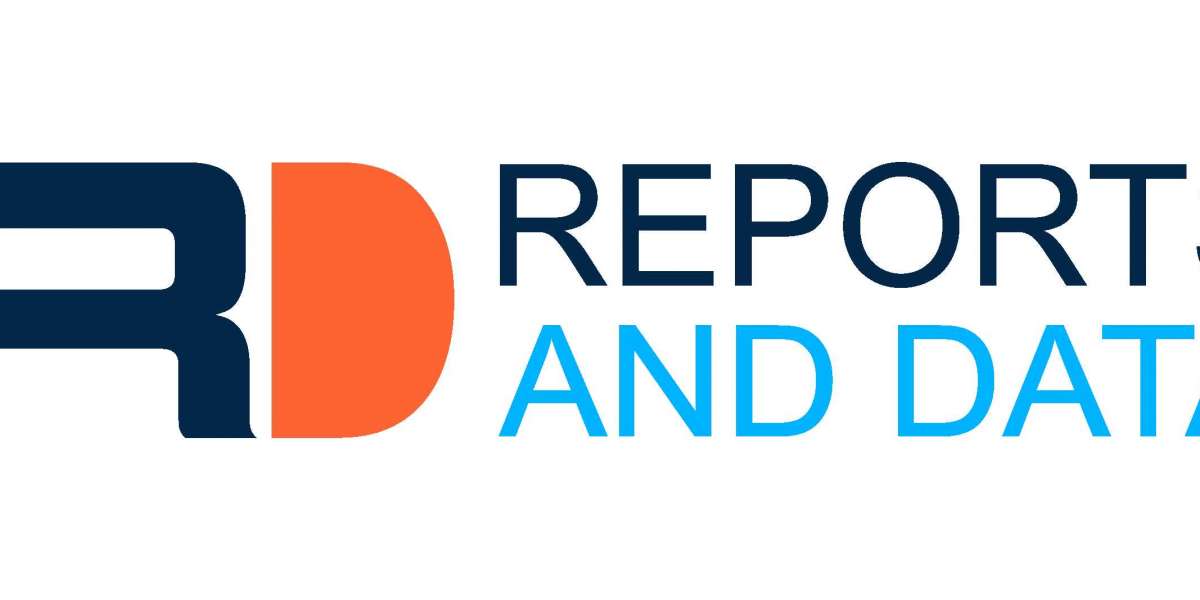Overview
Migraines and Attention-Deficit/Hyperactivity Disorder (ADHD) are two different neurological diseases that frequently coexist in people. While impulsivity, hyperactivity, and inattention are the hallmarks of ADHD, migraines are defined by persistent headaches along with symptoms including nausea, light and sound sensitivity, and visual abnormalities. There may be a connection between ADHD and migraines, according to emerging research, which raises concerns about possible common underlying mechanisms and treatment and diagnosis implications. Healthcare professionals must comprehend the connection between ADHD and migraines in order to treat patients with both disorders holistically.
1. Recognizing the Signs and Effects of ADHD
ADHD is a neurodevelopmental condition that affects daily functioning and is characterized by a recurring pattern of hyperactivity, impulsivity, and inattention. ADHD sufferers may have trouble focusing, determining priorities, and controlling their behavior, which can cause issues in social, professional, and academic contexts. Even though ADHD is frequently identified in children, symptoms can last into adulthood, impacting different facets of life and leading to functional impairments.
2. Symptoms and Diagnosis of Migraine
Recurrent episodes of moderate to severe headaches are the hallmark of the neurological disorder known as migraine, which is also frequently accompanied by other symptoms like light and sound sensitivity, nausea, vomiting, and aura, or abnormalities in vision. A migraine attack can seriously impair one's ability to go about everyday activities, work, study, and socialize. They can also cause excruciating agony. Usually diagnosed on the basis of clinical symptoms, migraines can be categorized as either aura-accompanied or aura-free based on whether visual or sensory abnormalities precede the headache.
3. The Possible Connection Between Migraines and ADHD
Although the exact nature of the relationship between migraines and ADHD is yet unknown, a number of variables point to a possible connection between the two disorders. Both ADHD and migraines have been linked to shared genetic vulnerabilities, changes in neurotransmitter systems, and abnormalities in the structure and function of the brain. The correlation between ADHD and migraines may also be influenced by frequent comorbidities such anxiety, depression, and sleep difficulties. Comprehending the mutually underlying mechanisms should enhance treatment strategies of ADHD and lead to better results for those afflicted with both disorders.
4. Shared Risk Factors and Comorbidities
It is not unusual for ADHD and migraines to coexist; studies show that people with ADHD have greater rates of migraines than people in the general population. Both disorders may arise as a result of shared risk factors, including genetic predisposition, environmental triggers, and psychological stressors. The observed comorbidity may also be explained by abnormalities in the dopamine and serotonin signaling pathways, which are linked to the pathophysiology of migraines and ADHD. For those who are at risk for both ADHD and migraines, identifying shared risk factors and molecular pathways may help inform preventive efforts and therapies.
5. Effect on Life Quality
When ADHD and migraines coexist, it can have a serious negative effect on a person's quality of life, increasing functional impairments and lowering general wellbeing. People who have both diseases may find it difficult to control their symptoms, go about their everyday lives, and maintain social connections. Living with chronic pain and cognitive impairments can make ADHD symptoms worse and raise the possibility of co-occurring mental health issues like sadness and anxiety. Improving the quality of life for those who suffer from migraines and ADHD requires addressing the intricate interactions between the two conditions.
6. Treatment Pointers
A multidisciplinary strategy catered to each person's unique needs and preferences is necessary for the effective management of ADHD and migraines. To treat symptoms and lessen ADHD along with the frequency and intensity of migraines, doctors may give pharmaceuticals such as ADHD stimulant drugs and migraine-specific drugs like triptans or preventive meds. Non-pharmacological therapies, such as stress reduction methods, lifestyle adjustments, and cognitive-behavioral therapy (CBT), can support medication and assist patients in creating coping mechanisms for symptom control. Healthcare professionals from various specialties, such as neurology, psychiatry, and primary care, must collaborate to handle the complicated needs of patients with ADHD and migraines.
7. Concluding Remarks and Prospects
To better understand the underlying mechanisms that connect ADHD and migraines and to develop preventative and therapeutic techniques that work, more study is required. Genetic and neuroimaging research exploring common molecular pathways, together with longitudinal studies tracking the course of ADHD and migraine symptoms over time, may shed light on the intricate link between the two disorders. Furthermore, it is necessary to conduct randomized controlled trials to assess the effectiveness of integrated treatment plans for comorbid ADHD and migraines. Healthcare professionals can improve outcomes and improve the quality of life for people with ADHD and migraines by treating the junction of these two illnesses. To improve our knowledge of the connection between ADHD and migraines and create focused interventions to help those who are impacted, cooperation between researchers, physicians, and advocacy groups is crucial.






